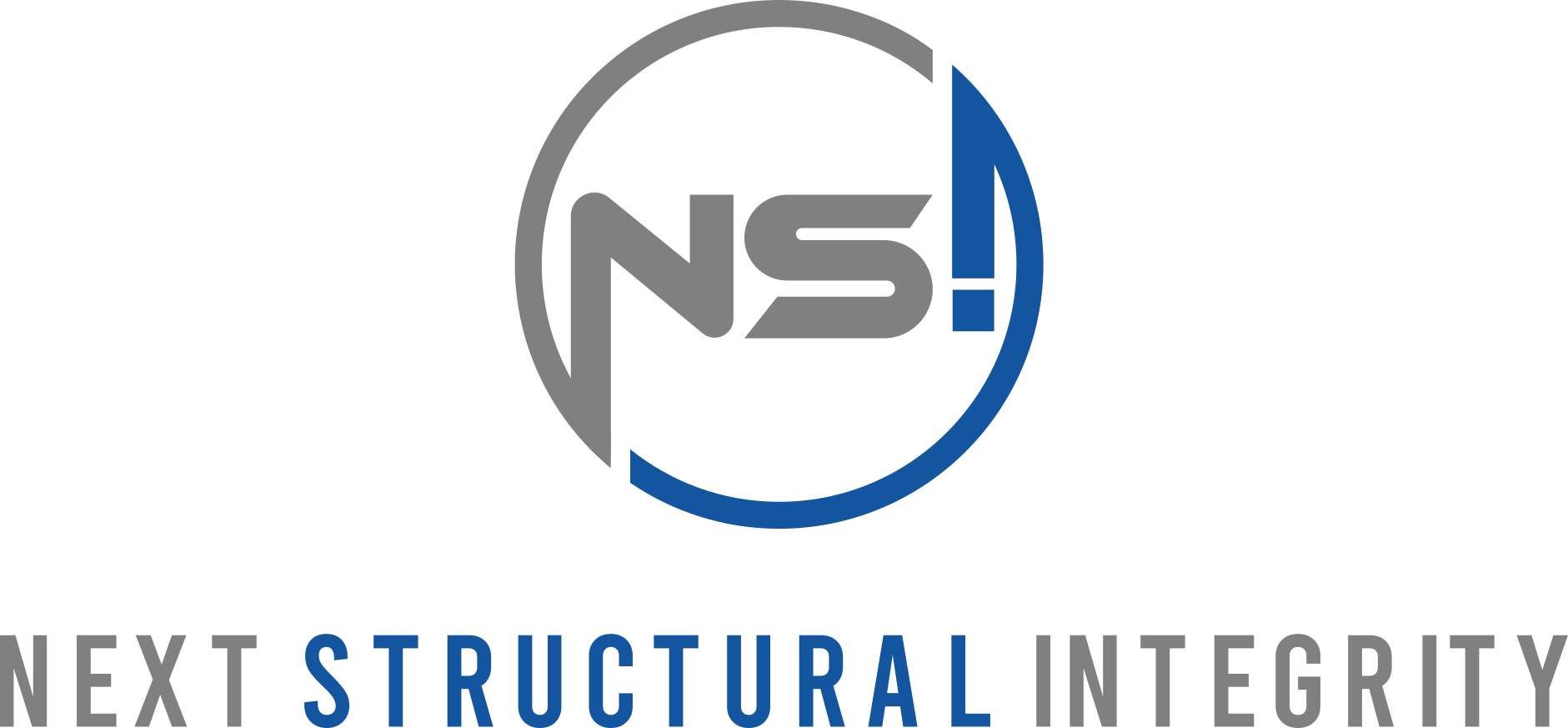NSI provides consultation services to Canadian nuclear utilities in seismic analysis and qualification by leveraging a unique suite of in-house developed analysis tools designed to interface with commercially available software such as PEPS and ANSYS. NSI capabilities include seismic qualification by analysis, generation of seismic response spectra, and time histories. The NSI group has a longstanding service record with the nuclear industry in Canada, one that features extensive practice in the area of seismic qualification pursuant to CSA N289 requirements. Our team of SQUG-qualified seismic capacity engineers can provide expedient seismic assessment based on Generic Implementation Procedures (GIP) promoted by the Seismic Qualification Utility Group (SQUG) as well as more detailed assessment via dynamic finite element analysis of structures, systems, and components (SSC).
NSI team of skilled professionals has broad expertise in the analysis of SSC elements that may experience dynamic loads due to ground-shaking. Many of our engineers receive state-of-the-art training in the computation of civil structures’ and mechanical systems’ response to seismic excitation. NSI capabilities in the realm of earthquake engineering include the generation of displacement, velocity, and acceleration floor response spectra (FRS) in multi-story buildings––often servicing a power generating plant––as well as the detailed stress analysis of structures, systems, and components under severe ground acceleration.
The response of piping systems in need of seismic qualification is routinely carried out via modal analysis and floor response spectrum approach––implemented in commercial software for pipe stress analysis––based on applicable design standards and acceptance criteria:
- CSA N289.1 – General requirements for seismic design and qualification of nuclear power plants
- CSA N289.2 – Ground motion determination for seismic qualification of nuclear power plants
- CSA N289.3 – Design procedures for seismic qualification of nuclear power plants
- NBCC – National Building Code of Canada
When custom analysis of non-standard components is required, I can offer a comprehensive range of options to accommodate the clients’ needs. A finite element model of the component is built and its natural frequencies determined by solving the eigenvalue problem via well-established numerical approaches, implemented within NSI’s proprietary analysis tools interfacing with commercial software:
- Stoodala-Vianello method
- Modified Rayleigh method
- Sweeping technique
- Deflation method
- Jacobi’s method
- Transfer matrix method
- Holzer method
- Rayleigh’s quotient
- R01 method
- Dunkerley’s approximation
In light of the acceptance criteria in applicable codes and standards, the obsolescence of buildings, piping, and equipment may render the conservatism built into the response spectrum approach economically unsound. In that case, NSI can exploit a more robust and less conservative methodology to carry out seismic qualification. The time-history analysis is an effective strategy based on a set of design-spectrum-compatible accelerograms used as input in a dynamic model of the SSC in need of qualification. Although computationally demanding, this approach provides an accurate account of a component’s response to seismically induced accelerations and differential displacements and allows for a significant reduction in the degree of conservatism built into seismic analysis via response spectrum technique.
The time-history analysis is tailored to the geographic location where the SSC element is located: The seismic hazard––subsuming the probability of occurrence of a seismic event (or an earthquake return period) and the SSC vulnerability to it––provides the necessary information to determine a site-specific design earthquake, in the form of a set of custom-made accelerograms that account for local geological features, including stratification and heterogeneity of the substratum as well as topography and soil conditions.
Featured time-integration methods, routinely deployed to solve for the motion of the SSC element underground shaking, include explicit and implicit schemes:
- Newmark’s ϐ-method
- Wilson’s θ-method
- Houbolt’s method
- Fast Fourier transform
- Constant average velocity
- Central difference
- Runge‐Kutta
- Taylor series
A suite of Mathcad and MAPLE worksheets, MATLAB, APDL, and Python scripts constitute the backbone of NSI efficiency in exploiting the full power of commercial software for pipe stress analysis––such as PEPS, Caesar II, Autopipe, and STANPIPE––and finite element modeling––such as ANSYS, ABAQUS, NASTRAN, and SOLIDWORKS.
